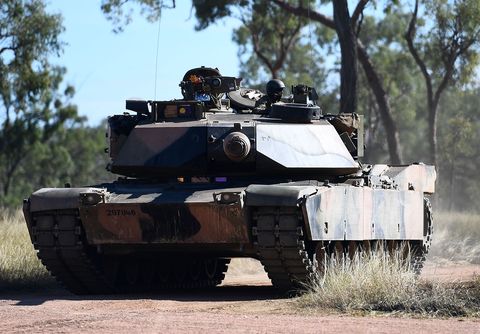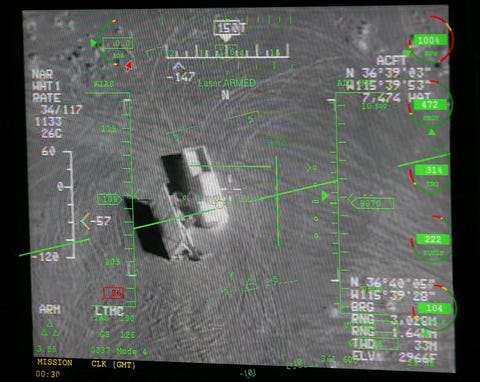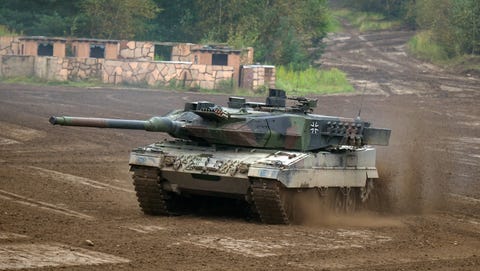Stealth Tanks Are Coming
To survive on the modern battlefield, tanks need to become more difficult to detect.
By Kyle Mizokami GETTY IMAGES IAN HITCHCOCK
GETTY IMAGES IAN HITCHCOCKStealth technology, having revolutionized air warfare, is set to enter the world of ground combat in a big way.
On the battlefield of the future, the widespread ability to kill tanks and call down tank-killing firepower makes a tank’s ability to stay undetected the key to survival—and to victory. So future tanks will become more difficult for enemies to detect, playing a cat and mouse game with their opponents by reducing their acoustic, radar, and infrared signatures.
First introduced in the 1970s, the term “stealth” meant reducing a military aircraft’s radar signature, making a bomber-sized aircraft (such as the B-2 Spirit with a 172-foot wingspan) have the same radar signature as a large bird. This vastly decreases the range at which radars can detect stealth aircraft, making enemy air defenses much less effective. Today’s stealth aircraft also try to minimize the ability of infrared sensors to detect them via heat emissions.

Pilots of drones such as the MQ-9 Reaper can use electro-optical sensors to locate vehicles on the ground.
GETTY IMAGES ETHAN MILLER
Meanwhile on the ground, tanks are facing their own detectability crisis. Tanks are offensive weapons that take the fight to the enemy, moving fast and hitting the enemy front line hard. Tanks like the American M1A2 Abrams, however, are steel beasts in excess of 32 feet long, weigh 70 tons, and a propelled by a 1500-horsepower turbine engine that generates so much heat it can set nearby vegetation on fire. A group of tanks operating on the battlefield is hard to miss.
At the same time, the battlefield is getting deadlier for tanks, awash with sensors from human eyes and ears all the way up to millimetric wave radars that can see through fog and infrared sensors that can detect minute temperature changes. Everyone from ground-pounding infantry to flying drones will be looking for tanks and can unleash handheld anti-tank missiles or GPS-guided artillery. It’s not a question of if tanks become more stealthy, but when.

German Army Leopard 2A7 tank.
GETTY IMAGES PICTURE ALLIANCE
According to DefenseOne, tanks must become stealthy to survive on the future battlefield. Tanks must reduce their infrared, acoustic, and radar signatures. In practical terms, that means tanks that are able to blend in with their heat surroundings better, reducing or masking the temperature of their exhausts and the heat from weapon barrels. Tanks, which are often heard before they are seen, must run more quietly. Finally, tanks may radically change in appearance, reducing their radar cross section.
Stealth will make tanks bigger at a time when everyone is trying to make them smaller. Making a tank less visible to radar will necessitate angled, flat surfaces with equipment such as machine guns, active protective systems, IR cooling systems, and sensors tucked away under the surface. The Zumwalt-class destroyers, for example, don’t pack significantly more equipment than their Arleigh Burke-class cousins but are larger and heavier, the result of having a flat, stealthy shape.
Tanks, too, will likely bulk up, which is something expeditionary armies like the U.S. Army that must haul their fighting vehicles thousands of miles to distant battlefields won’t like.
Read more at DefenseOne.
No comments:
Post a Comment